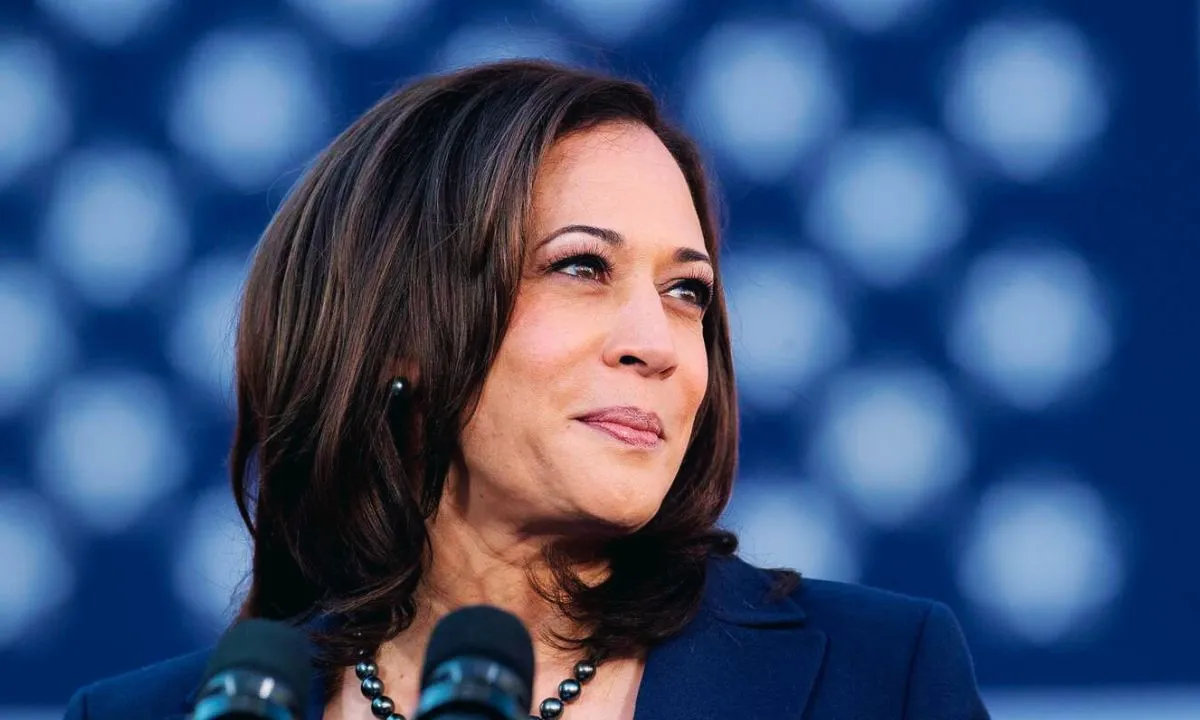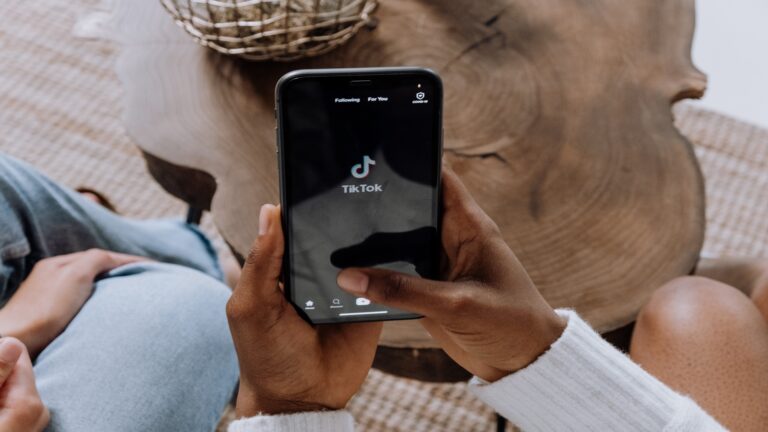Harris experienced ‘mind-blowing’ popularity shift amongst American citizens
Zeeshan Javaid

The writer is a US-based Pakistani journalist. He writes on issues related to foreign affairs, cross-border conflicts, terrorism, and extremism. He can be reached at zeeshan.javaid9@gmail.com
Rochester NY: Since Kamala Harris’s entry into the contest two weeks ago, when President Biden withdrew, the current result indicates a considerable increase of 4 points. Even after accounting for third-party selections, Harris maintains a 3-point edge (48% to 45%).
According to the most recent NPR/PBS News/Marist poll, Vice President Harris has changed the tide of the presidential election, with a lead of 51% to 48% against former President Trump.
Voters of African American descent, white women with advanced degrees, and women who identify as politically independent are propelling her to the top. Since she began collaborating with them, her performance has skyrocketed, and white voters and suburbanites alike have seen the good effects.Joe Biden Announces Withdrawal from US Presidential Race
When it comes to policy, Harris seems to be sidestepping the economic pessimism that beset Biden. Trump’s confidence in the economy has fallen significantly; he now leads Harris by only three points (51%-48%), down from a nine-point margin over Biden in June (54%-45%).
Even though Trump has a 6-point lead in public trust on this subject (52%-46%), Harris is also making strides in her immigration policy. Harris does an excellent job of handling the abortion rights issue. She has a commanding fifteen-point advantage in that category.
From Thursday through Sunday, Harris surveyed potential vice presidential candidates before choosing Tim Walz of Minnesota. Using a mix of landline, mobile, and internet research panels, Marist interviewed 1,613 individuals.
English and Spanish were the languages used for the interviews. The margin of error for this poll is +/- 3.3 percentage points, which means that the findings might be off by around 3 percentage points either way.
The details of poll released by NPR on its official website, among women, Black voters, and independents, Harris has seen a change in popularity.
Suburban regions and white people in general have shown more support for Harris as a result of her success with certain demographics.
But it’s important to remember that the gender gap is now 22 points wide, wider even than the gap between Trump and Biden was in July.
Among female voters, Harris is presently 13 points ahead of her opponent, with 55% of the vote in her favor compared to 42% for her rival. Nevertheless, when it comes to males, she is 9 points behind her opponent, with 45% in her favor and 54% in opposition.
Results from the 2020 presidential election seem to be extremely close, according to the exit polls, based on the margin of error.
The number of Black voters endorsing Harris has increased dramatically. From a slim 23-point advantage a few weeks ago to a mighty 54-point lead currently, her edge among Black voters against Trump has grown substantially.
Democrats need to reach out to Black voters, and Harris is doing a good job of doing just that.
A number of Black voters who were previously leaning toward supporting Trump have now changed their minds, as his popularity rating among this demographic has dropped by ten points.
In contrast to Biden, Harris is now attracting the backing of independent voters. When it comes to independent voters, Harris has a commanding lead of 9 points, with 53% to 44%.
Just one month before, she was fourteen points behind them. Trump led Biden by four points among the group at the beginning of July.
It seems that Harris is making headway in her quest to win over white votes. The percentage of white voters who favor Harris has jumped dramatically, from 40% to 46%, according to one poll.
As a Democrat, this is very noteworthy since it brings her support level closer to that of Biden. Notably, since Jimmy Carter in 1976, no Democrat has received such a large number of votes among white people in a presidential race. Biden won 41% of the vote in 2020, compared to 43% for Barrack Obama in 2008.
The growth in the percentage of white women with bachelor’s degrees is a major factor in the improvement. The margin of support among white voters without degrees, who are a significant voting bloc that backs Trump, has remained unchanged.
However, compared to Biden in 2020, a large majority of white women with a bachelor’s degree or above now back Harris.
The elderly are also beginning to rally around her. For example, among baby boomers, Harris has an 11-point lead over Trump (55%-44%).
Harris has also seen a change in support among Latinos. Her popularity has grown in the most recent survey, with 58% of people indicating they would vote for her, up from 51% a month ago.
It should be noted that the present percentage is lower than the 65% that Biden achieved in the election last year.
Voters under the age of 45 have not yet shown substantial support for Harris. By 2020, Biden had won by a 14-point margin.
At this time, the group is tossing up between Trump and Harris. In terms of holding the group’s attention, Harris beats Biden, particularly when outsiders are brought into the conversation.
Biden, for example, had a dramatic decline in support among millennial and Generation Z. Alternatively, when voters are given the choice between candidates from non-major party platforms, Harris is able to keep or even expand her advantage.
One factor fueling Harris’s rising momentum is the outpouring of support from influential Democratic voter organizations.
With Harris’s entry into the race, there has been an upsurge in voter excitement among younger, Black, and Latino voters.
More people of color, Latinos, and members of Generation Z and millennial plan to cast ballots this year than in previous years.
Black voters, Latino voters, and Gen Z/millennial had lower participation in July compared to other demographics. Black voters were the most likely to say they would vote (71%), followed by Latinos (68%), and Gen Z/ millennial (65%).
Nonetheless, recent statistics reveal a notable uptick in backing across a range of demographics. Support has increased to 81% among Black voters and 84% among Latino voters.
Also, 80% of millennial and Generation Z have indicated their support. These results show that, in comparison to previous polls, the margin of support between these groups and white voters is becoming smaller.
The entry of Harris into the contest seems to have caused a movement away from third parties.
Marist started surveying these candidates in April, and their ratings haven’t been this low since. The support for independent candidate Robert F. Kennedy Jr. has dropped dramatically, and he is now only receiving 5% of the vote.
A total of three candidates—Libertarian Chase Oliver, Green Party nominee Jill Stein, and independent Professor Cornel West—have polling totals of less than one percent.
Nearly everyone has an opinion on who they think will win, but more people are confident in Harris than Biden.
The number of those who thought Trump would beat Biden increased significantly during the last month, now standing at 59% to 39%. As it stands, the results are split equally, with 48% each.
In an intriguing turn of events, 52% of independents now believe that Harris would emerge triumphant, down from 58% who believed Trump would win.
Nearly half of all respondents are dissatisfied with their decisions, while nearly half are happy with their selections (47%). In June, a significant disparity of ten percentage points existed between the proportions of people who were happy with their decisions (42% vs. 52%).
The most essential trait, according to Democrats and independent voters, is integrity, while Republicans tilt toward appreciating a “strong leader” more.
It seems that the next presidential and congressional elections will be very competitive.
Of those who took the survey, 47% wanted Democrats to hold the House of Representatives and 45% wanted Republicans to do the same. Just as in June, we maintain a two-point lead.
Democrats have always needed a bigger lead in that area to make significant gains. For example, in 2022, despite Republicans holding a four-point advantage in the Marist poll, Democrats managed to thwart their attempt to gain a large number of House seats.
Even though they were up by 8 points in 2020, Democrats ended up losing seats in the House. When asked the identical question in 2014, when Republicans gained seats, they had a +5 lead; in 2018, Democrats made substantial gains with a +6 advantage.
Because contested seats are distributed differently every election cycle, it is not always easy to draw a direct line between the congressional vote and the change in seat counts.
Suburbs of New York, California, and the Philadelphia region are home to a large population in this cycle. Due to stronger participation among their core voting groupings, these areas often lean toward the Democratic Party in presidential years.








